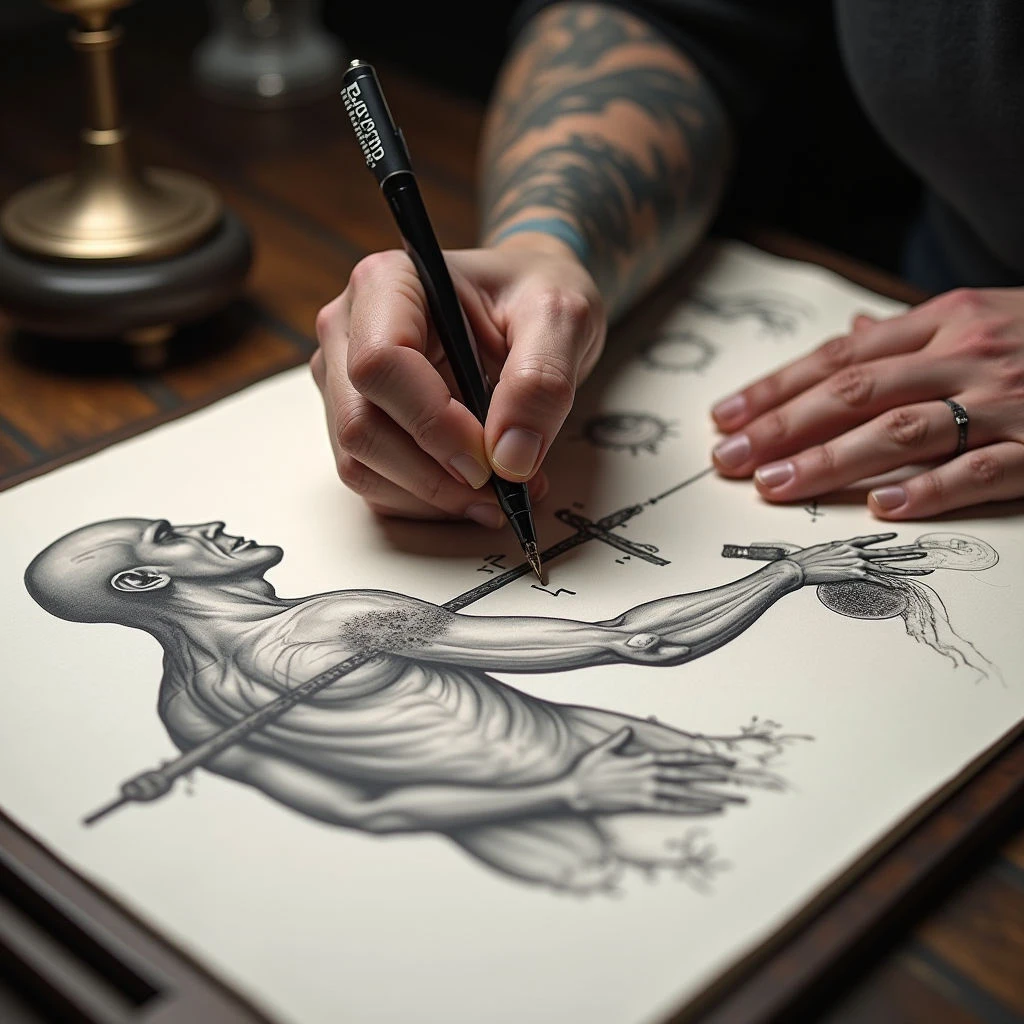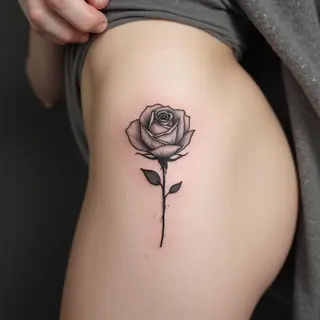Elevating Tattoo Art: Lessons from the Renaissance
The path to mastery in any art form requires serious dedication and a deep grasp of its underlying principles. Tattooing, though modern, can learn a lot from centuries of artistic tradition—especially the techniques of the Renaissance.
Foundational Elements for Tattoo Mastery
If you're serious about improving your tattooing skills, here are some core areas to focus on. Think of it as drawing inspiration from the masters.
1. Anatomical Study & Observation
Just like Renaissance artists painstakingly studied anatomy to accurately portray the human form, a tattoo artist needs that same level of understanding. Knowing the underlying musculature and bone structure is vital—it informs placement, flow, and how realistic your work can be.
2. Linework – The Foundation of Precision
Consider Leonardo da Vinci’s drawings: the subtle lines he used to convey volume and depth. Clean, consistent linework is equally crucial in tattooing. Spend time practicing smooth, unbroken lines—a steady hand makes all the difference.
3. Mastering Value & Shading
Renaissance masters used *chiaroscuro*, that dramatic interplay of light and shadow, to create depth and enhance form. Experiment with different shading techniques—really understanding how light hits surfaces is key.
4. Composition & Balance: Creating Visual Harmony
Think about the principles of composition used by Raphael and Michelangelo. Every element in a tattoo should be carefully considered, creating visual balance and guiding the viewer’s eye.
5. Patience, Practice, and Persistence
Becoming truly skilled takes time—it's a journey of dedication. View challenges as opportunities to learn and grow; commit yourself to honing your craft.


